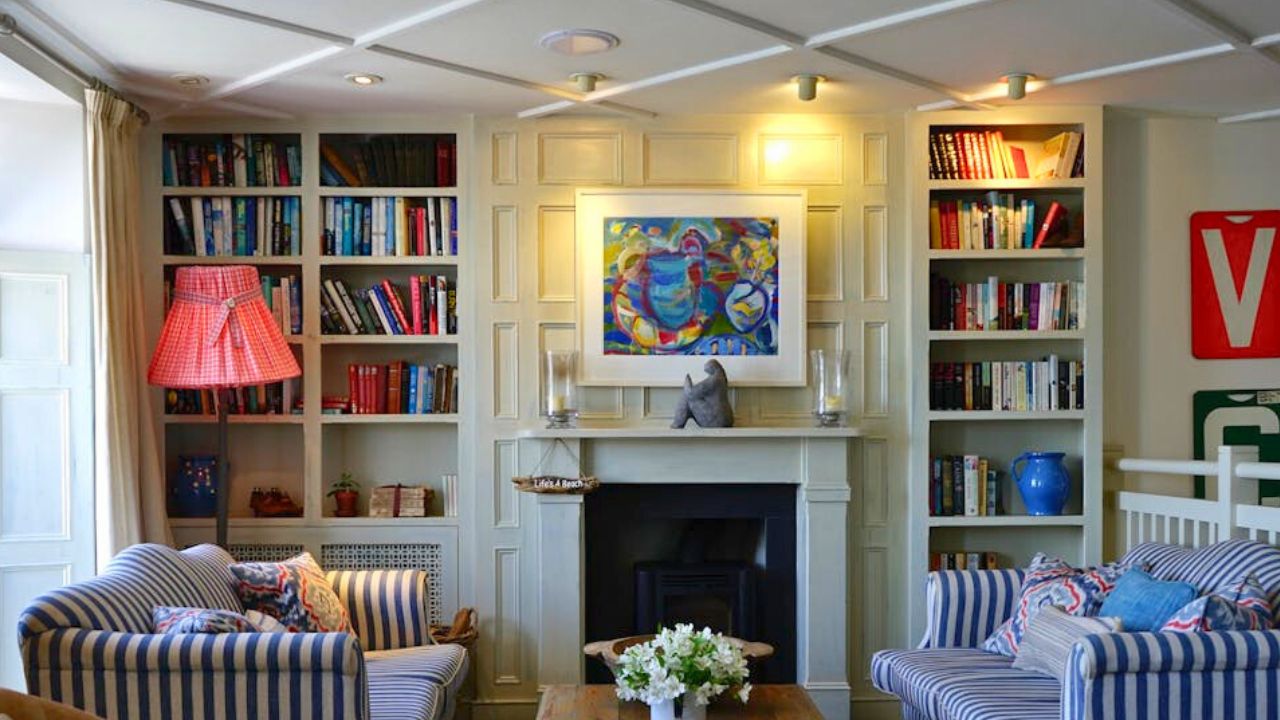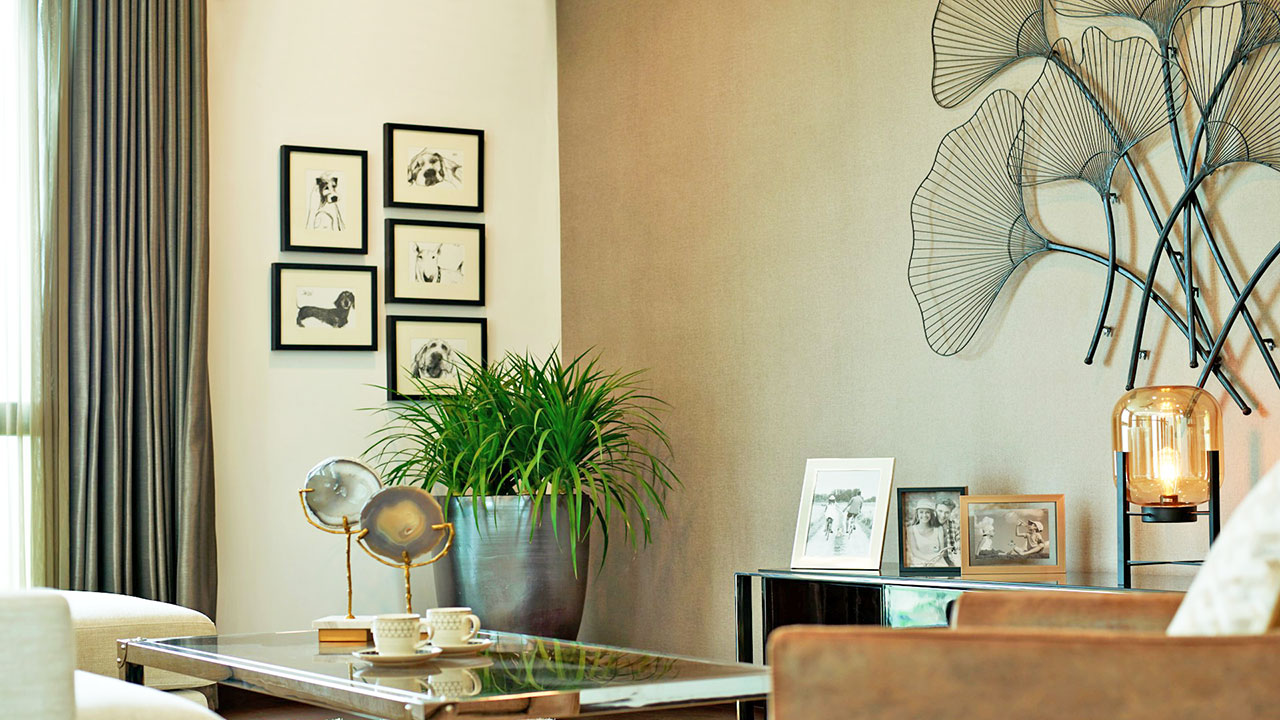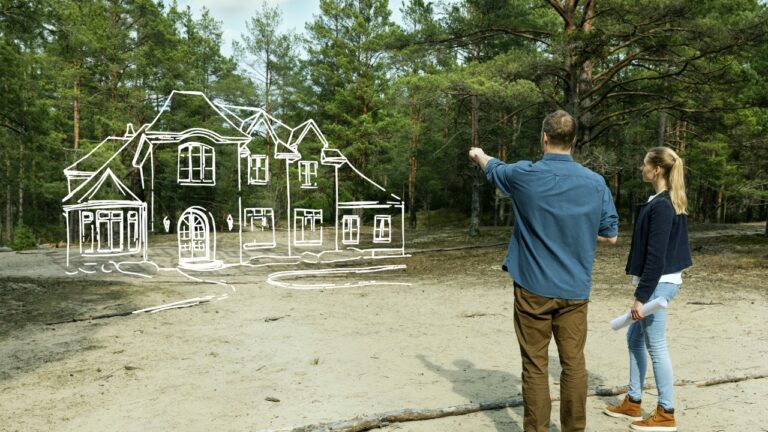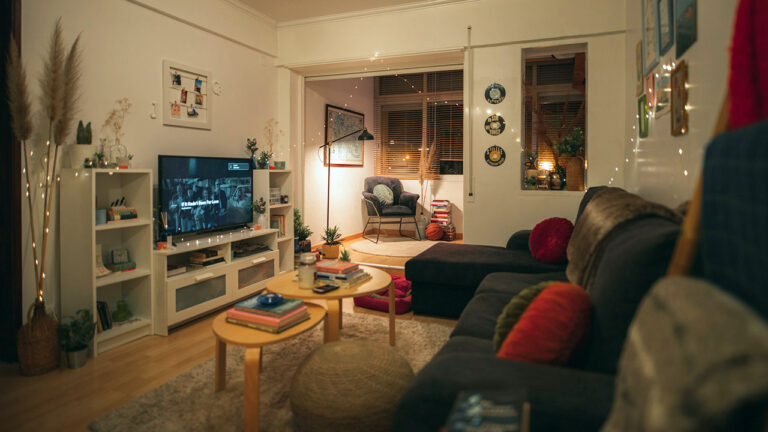How to make your house feel layered and lived-in without clutter
You walk into a room that feels right. It wraps around you like a familiar coat. Books lean against each other on a shelf. A lamp with a slight dent casts warm light. Nothing screams for attention, yet every corner holds a quiet story. That’s the goal. Layers without the mess. Here’s how you pull it off.
Start with what you already own
Look around your space right now. That vase your aunt gave you in 2017. The wooden bowl you bought on a trip. The stack of magazines you meant to recycle. These aren’t extras. They’re the foundation.
Pull everything out of one drawer or cabinet. Touch each item. Ask if it sparks a memory or serves a purpose. If it does both, it stays. If it does neither, it goes. This isn’t about minimalism. It’s about keeping the pieces that mean something to you.
Group similar items together. Three ceramic mugs on a tray. Four framed photos leaning on a windowsill. The eye reads them as one unit, not scattered clutter. You create breathing room while holding onto personality.
Mix textures in every room
Smooth walls need rough edges. A linen sofa begs for a wool throw. A glass coffee table looks cold until you add a woven basket underneath.
Walk through your house and note what feels flat. Too much slick wood? Add a jute rug. All soft fabrics? Bring in a leather chair or metal side table. The contrast keeps the eye moving without adding more stuff.
Source textures from what you have. That old scarf becomes a pillow cover. The burlap sack from coffee beans turns into a plant holder. You spend nothing and gain depth.
Layer lighting at different heights
One overhead light flattens a room. Three sources at varied levels build warmth.
Keep the ceiling fixture for tasks. Add a floor lamp beside the armchair. Place a table lamp on the console. Each switch flips on a new mood. Dimmer switches help you fine-tune.
Choose bulbs in the 2700K range. They mimic candlelight. Avoid anything labeled “daylight” unless you’re doing detail work. Warm tones make every object look intentional.
Use books as decor and history

Books do more than fill shelves. They show what you read, what you think about, what you return to on rainy days.
Stack them horizontally and vertically. Slip a small plant or brass figurine on top of a short pile. Leave one open on the ottoman like you stepped away mid-chapter. The slight disarray signals life.
Don’t force a color scheme. Mismatched spines add character. If you worry about chaos, face the spines inward on one shelf for a calm block of cream and white. The rest stay as they are.
Display collections with restraint
You love vintage cameras or ceramic birds or concert posters. Great. Show them, but edit.
Pick your five favorites. Arrange them on a single shelf or in a shallow shadow box. Rotate the rest every season. The display stays fresh, and storage stays hidden.
Anchor the grouping with one larger piece. A big frame around small prints. A tall vase beside short succulents. The hierarchy prevents visual noise.
Add plants that earn their spot
One large fiddle-leaf fig in the corner does more than six tiny pots on every surface. Choose plants that fit the light you actually have. A snake plant thrives in dim hallways. A pothos trails from a high shelf without fuss.
Elevate them. A plant stand lifts a pot twelve inches and creates a new layer. Group two pots of different heights on a bench. The negative space around them keeps the look clean.
Water on a schedule you can keep. Dead leaves signal neglect faster than any design flaw.
Incorporate worn pieces on purpose
That scuffed leather ottoman. The chair with the faded seat. The rug that’s softer in the middle from years of footsteps. These aren’t flaws. They’re proof of use.
Place the worn item where it gets touched daily. The ottoman becomes the coffee table. The chair faces the window for morning coffee. Age becomes the focal point instead of a problem to hide.
If a piece feels too tired, refinish the wood or reupholster in a neutral fabric. You keep the patina without the decay.
Create small moments in every corner
An empty nook above the doorway. The sliver of wall beside the fridge. The ledge over the radiator. These spots beg for one thoughtful object.
A single black-and-white photograph in a thin frame. A shallow bowl holding keys and sea glass. A brass hook with your grandfather’s hat. One item, one story, no overcrowding.
Stand back and squint. If the eye jumps too fast from object to object, remove one. The goal is rhythm, not inventory.
Rotate seasonal touches

Swap, don’t add. In fall, bring out the wool blanket and brass candlesticks. Store the lightweight cotton throw and ceramic pitcher. Winter gets pinecones in a bowl. Spring swaps them for fresh eucalyptus.
The change reads as new without buying anything. Your muscle memory adjusts to the shift, and the house feels alive.
Label storage bins clearly. “Summer textiles.” “Winter decor.” You’ll actually put things away and find them again.
Edit ruthlessly every quarter
Set a timer for thirty minutes. Walk through with a basket. Anything that hasn’t been touched in three months goes in. Donate, sell, or store out of sight.
Ask: Does this still fit who I am today? Tastes evolve. The ceramic rooster from your rooster phase can move on without guilt.
Take a photo before and after. The difference sharpens your eye for future decisions.
Let negative space do the work
Empty wall above the sofa. Bare stretch of countertop. Unadorned windowsill. These pauses give the layered elements room to shine.
Resist the urge to fill every inch. A single large mirror on that wall reflects light and doubles the sense of space. The bare countertop highlights the wooden cutting board you actually use. The windowsill frames the view outside.
Step back ten feet. If you can’t name three distinct layers—floor, middle, high—you’ve nailed the balance.
Your house now carries the weight of your days. The dent in the lamp, the lean of the books, the soft spot in the rug—all quiet evidence of a life in progress. Nothing shouts. Everything speaks.
*This article was developed with AI-powered tools and has been carefully reviewed by our editors.







